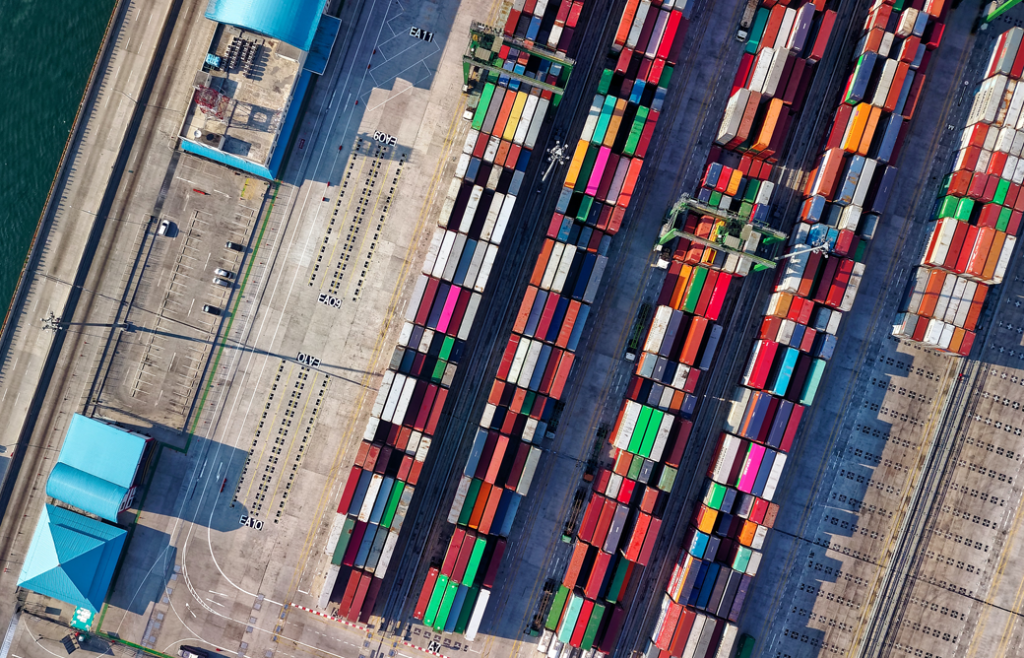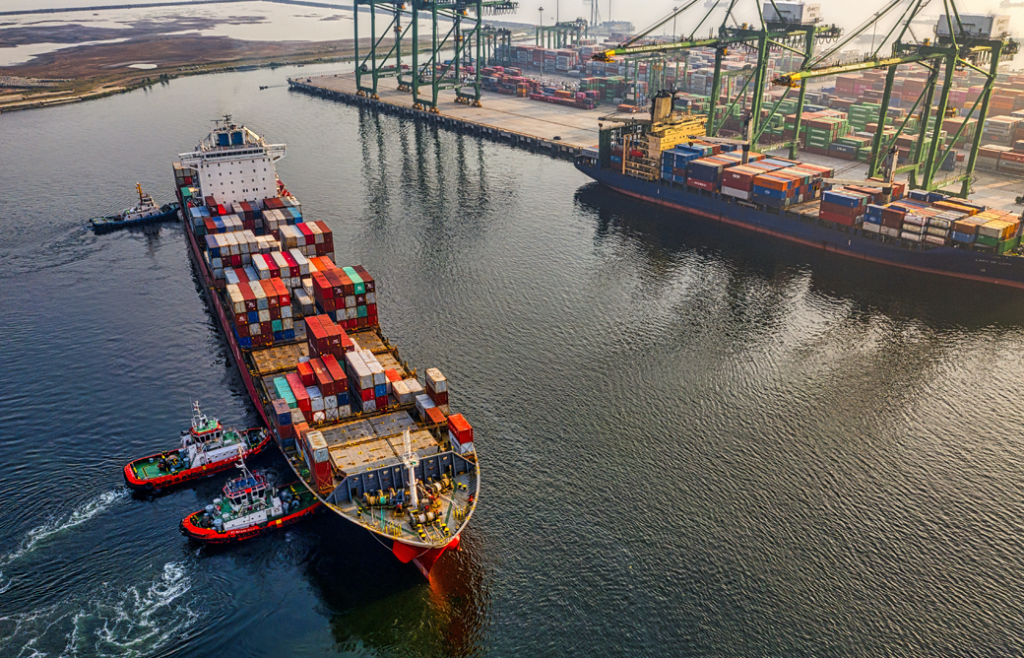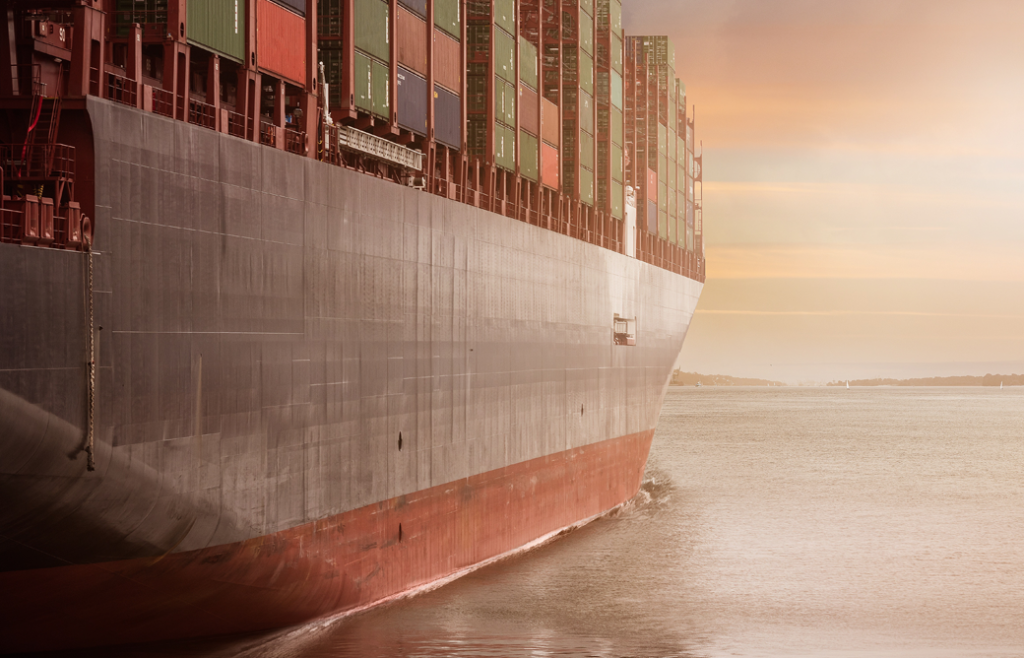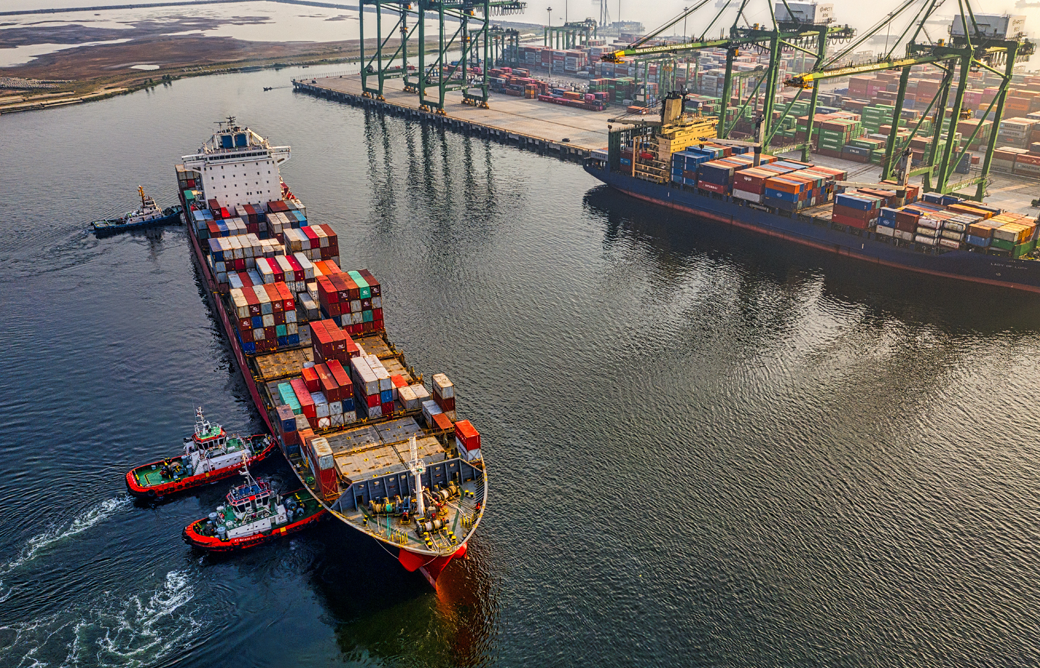Are you looking to transport goods overseas but don’t know where to start? Sea freight could be the answer! In this article, we’ll cover everything you need to know about sea freight, from the types of sea freight to the cost and advantages of using this method.
Discover the benefits and challenges of sea freight. Learn about the logistics of shipping goods by sea. Read more on sea freight now.
When it comes to international trade, sea freight remains one of the most popular options for shipping goods. Sea freight offers several advantages, including cost-effectiveness, high capacity, and global reach.
However, it also has its challenges, such as longer transit times and the risk of damage or loss. In this article, we’ll dive deeper into the world of sea freight and explore its benefits and limitations, as well as provide tips on how to optimize your sea freight shipping experience.
Sea Freight Logistics
Sea freight logistics involves the complex process of transporting goods by sea. From planning and booking to loading and unloading, it requires careful coordination to ensure smooth operations.
Efficient sea freight logistics can help minimize costs, reduce transit times, and enhance customer satisfaction.
Sea Freight Services
Sea freight services are a popular choice for businesses looking to transport goods internationally. With a variety of services available, from full-container-load (FCL) to less-than-container-load (LCL) shipments, sea freight can offer cost-effective and reliable transportation options.
In this article, we’ll explore the different types of sea freight services, the advantages they offer, and factors to consider when choosing a sea freight service provider. We’ll also discuss the role of technology in optimizing sea freight services and enhancing the customer experience.

Sea Freight Charges
When it comes to shipping goods via sea freight, one of the most important factors to consider is the cost. Sea freight charges are calculated based on a variety of factors, including the weight and volume of the cargo, the shipping distance, and any additional services required.
In this article, we’ll explore the different types of charges associated with sea freight, such as ocean freight charges, port charges, and terminal handling charges.
We’ll also discuss strategies for minimizing sea freight costs, including optimizing cargo volume, choosing the right shipping route, and negotiating with freight forwarders.
By understanding the factors that influence sea freight charges, businesses can make informed decisions that help them stay competitive in the global marketplace.
Advantages of Sea Freight
Sea freight has many advantages, including:
- Cost-effective: Sea freight is often cheaper than air freight or land transport, especially for large shipments and long distances.
- Eco-friendly: Sea freight produces fewer carbon emissions compared to other modes of transport.
- Suitable for bulky items: Sea freight can handle heavy and oversized cargo that may not be suitable for other modes of transport.
Disadvantages of Sea Freight
While sea freight has its advantages, it also has its disadvantages, including:
- Slower transit time: Sea freight can take weeks or even months to arrive at its destination, which may not be suitable for time-sensitive shipments.
- Dependent on weather conditions: Sea freight can be affected by weather conditions, such as storms or rough seas, which may cause delays or damage to the cargo.
- Additional costs: Sea freight may incur additional costs, such as customs fees or port charges, that need to be factored into the overall cost.
| Advantages of Sea Freight | Disadvantages of Sea Freight |
|---|---|
| Cost-effective for large shipments | Slow transit times |
| Ideal for heavy and bulky goods | Weather-related delays |
| Lower risk of damage or loss | Limited flexibility in delivery schedules |
| Eco-friendly and sustainable transportation option | Customs clearance procedures can be complex |
| Reliable and consistent delivery schedules | Additional fees for port handling and documentation |
Sea freight can be a cost-effective transportation option for large and heavy shipments, making it ideal for businesses looking to move goods in bulk. However, it has some disadvantages such as slow transit times and weather-related delays. Nonetheless, sea freight offers many benefits such as lower risk of damage or loss, eco-friendliness, and reliable delivery schedules.

Types of Sea Freight
There are two main types of sea freight:
- Full container load (FCL): This is when a container is exclusively used for one shipment, which is ideal for larger shipments that require more security and protection.
- Less than container load (LCL): This is when multiple shipments are combined in one container, which is ideal for smaller shipments that don’t require a full container.
| FCL | LCL |
|---|---|
| Full container load for large shipments | Multiple smaller shipments consolidated into one container |
| Cost-effective for larger shipments | Cost-effective for smaller shipments |
| Container rented solely by one shipper | Container shared by multiple shippers |
| Less handling and lower risk of damage | More handling and higher risk of damage |
| Faster transit time | Slower transit time |
| Requires more planning and coordination | More flexibility in shipping schedule |
If you’re in the import/export business, you’re probably familiar with the term “FCL,” which stands for Full Container Load. FCL is a term used in sea freight shipping to describe a shipment that occupies an entire container. In this blog post, we’ll cover everything you need to know about FCL shipping.
What is FCL Shipping?
FCL shipping is a type of sea freight shipping where the entire container is reserved for a single customer’s cargo. The container is loaded at the customer’s location, transported to the port, and then shipped to the destination port.
Advantages of FCL Shipping
- Lower cost per unit: FCL shipping is often more cost-effective compared to other modes of shipping when you have a large volume of cargo.
- Reduced risk of damage: When you ship in an FCL container, your cargo is not mixed with cargo from other customers, which reduces the risk of damage.
- Faster transit times: FCL shipping generally has shorter transit times compared to other modes of shipping, as there are fewer handling steps involved.
- Flexibility: You can load the container to its maximum capacity, which gives you more flexibility with the type and quantity of cargo you can ship.
Disadvantages of FCL Shipping
- Higher upfront costs: FCL shipping requires you to pay for the entire container, even if you don’t have enough cargo to fill it.
- Longer lead times: FCL shipping requires more planning, as you need to ensure that you have enough cargo to fill the container and that it’s ready to be shipped on time.
- Limited space availability: During peak shipping seasons, space on vessels can be limited, which can make it challenging to secure an FCL booking.
- More paperwork: Since FCL shipping is reserved for a single customer, there is more paperwork involved, such as booking confirmations and shipping documents.

FCL vs. LCL
FCL is often compared to LCL (Less than Container Load), which is a type of sea freight shipping where cargo from multiple customers is consolidated into a single container. While LCL shipping can be more cost-effective for smaller shipments, it comes with higher risks of damage and longer transit times due to additional handling.
FCL Container Sizes
FCL containers come in standard sizes, including 20ft, 40ft, and 45ft. The 20ft container can hold up to 10 standard pallets or 33 cubic meters of cargo, while the 40ft container can hold up to 21 standard pallets or 67 cubic meters of cargo.
Conclusion
FCL shipping is a great option for businesses that have a large volume of cargo to ship. While it requires more planning and higher upfront costs, it offers lower cost per unit, reduced risk of damage, faster transit times, and more flexibility with cargo. If you’re unsure whether FCL or LCL is the right option for your shipment, speak with a trusted freight forwarder who can help you make an informed decision.
Understanding Less Than Container Load (LCL)
When it comes to shipping goods overseas, not every shipment requires a full container. In some cases, the amount of cargo may be smaller than what would fill an entire container. This is where less than container load (LCL) shipping comes in.
What is LCL Shipping?
LCL shipping is a method of transporting smaller shipments of cargo that are too large to be sent as parcel shipments, but too small to justify the use of an entire container. LCL shipping allows multiple shippers to share the space in a container and divide the cost of shipping.
How Does LCL Shipping Work?
LCL shipping involves consolidating multiple smaller shipments into a single container. The shipping company or freight forwarder will arrange for the cargo to be transported to a warehouse or container yard, where it will be consolidated with other LCL shipments.
Once the container is filled, it will be transported to the port of departure and loaded onto the ship. Upon arrival at the destination port, the container will be unloaded and the individual LCL shipments will be separated and delivered to their respective consignees.
Advantages of LCL Shipping
LCL shipping offers a number of advantages, including:
- Cost savings: By sharing container space with other shippers, the cost of shipping is divided, making it a more cost-effective option for smaller shipments.
- Flexible scheduling: LCL shipments can be arranged more frequently than FCL shipments since there is no need to wait for a full container.
- Reduced inventory holding costs: With LCL shipping, companies can reduce their inventory holding costs by only ordering and shipping what they need.
- Environmental benefits: LCL shipping can help reduce the carbon footprint of transportation by using shared container space.
Disadvantages of LCL Shipping
LCL shipping also has some disadvantages, including:
- Longer transit times: Since LCL shipments involve consolidation and deconsolidation at the port of departure and arrival, transit times can be longer than FCL shipments.
- Increased risk of damage: With multiple shipments in a single container, there is an increased risk of damage or loss to individual shipments.
- Limited cargo space: LCL shipments may be subject to limited cargo space availability, which can affect delivery times.
Conclusion
LCL shipping is a cost-effective and flexible option for smaller shipments that don’t require a full container. While it does have some disadvantages, the benefits of LCL shipping can make it a worthwhile option for many businesses. If you have any questions or need help with your LCL shipment, be sure to consult with a reputable freight forwarder or shipping company.

Sea Freight vs. Air Freight vs. Land Freight
Sea freight, air freight, and land freight are the three main modes of transport. Here’s how they compare:
- Sea freight: Suitable for large and heavy shipments over long distances. Cheaper than air freight but slower transit time.
- Air freight: Suitable for time-sensitive and high-value shipments. More expensive than sea freight but faster transit time.
- Land freight: Suitable for domestic shipments and short distances. Cheaper than sea or air freight but limited by the availability of roads and infrastructure.
| Mode of Freight | Advantages | Disadvantages |
|---|---|---|
| Sea Freight | Low cost for bulky items and large quantities, less restrictive in terms of weight and volume | Slow transit times, potential for damage and loss, limited accessibility to inland locations |
| Air Freight | Fast transit times, reliable delivery, ability to reach remote locations | Expensive for bulky items and large quantities, limited cargo space, strict weight and volume restrictions |
| Land Freight | Lower cost for shorter distances, accessibility to remote areas | Limited capacity for larger items and quantities, susceptible to traffic and weather delays |
Sea Freight Process
The sea freight process involves several steps, including:
- Booking: The cargo is booked with the shipping company or freight forwarder.
- Packing: The cargo is packed and prepared for shipping, following the regulations and requirements for sea transport.
- Transportation: The cargo is transported to the port and loaded onto the shipping vessel.
- Transit: The cargo is transported via sea to the destination port.
- Customs clearance: The cargo is cleared through customs at the destination port.
- Delivery: The cargo is transported to the final destination.
Sea Freight Cost
The cost of sea freight depends on several factors, including the distance, weight and size of the cargo, the type of container, and any additional fees or charges. It’s important to obtain a detailed quote from a reputable shipping company or freight forwarder before making any decisions.
Sea Freight Forwarding
Sea freight forwarding involves the coordination and management of the sea freight process by a third-party logistics provider. Sea freight forwarders can provide a range of services, including customs clearance, packaging, and transportation. Using a sea freight forwarder can help streamline the process and ensure a smooth and efficient shipment.
Sea Freight Tracking
Sea freight tracking allows you to track the location and status of your cargo during transit. Most shipping companies and freight forwarders offer online tracking tools that provide real-time updates on the shipment’s progress.

